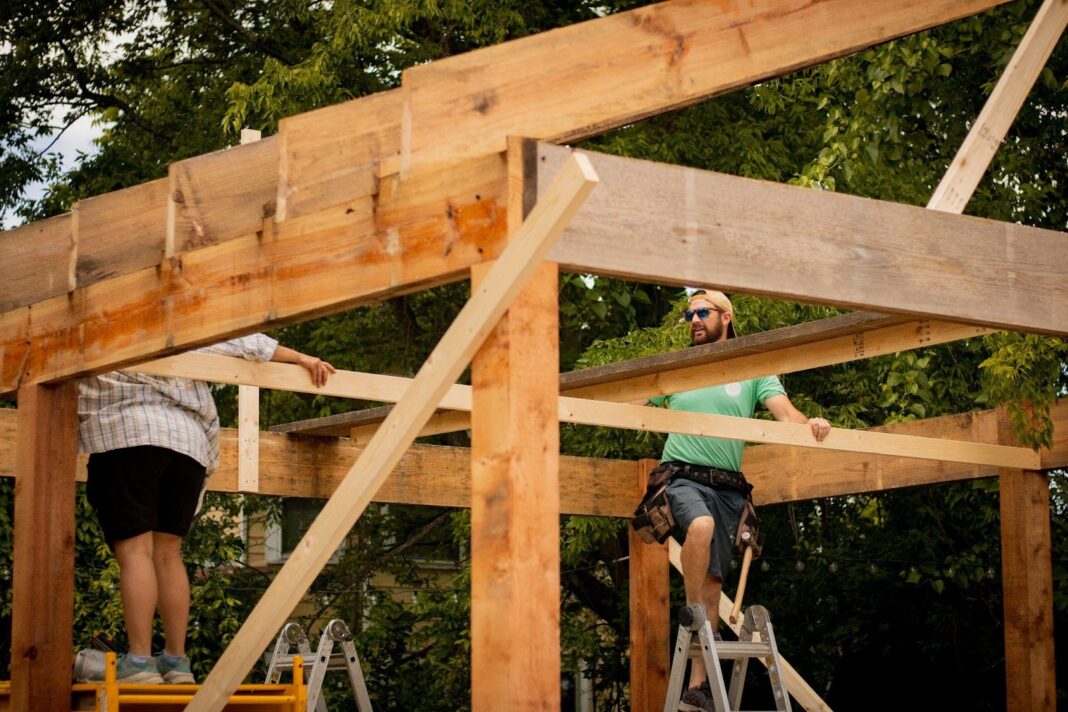When it comes to extreme weather conditions, there is no one-size-fits-all answer for the best roofing material. Every region of the world has its own unique set of weather challenges. That said, there are a few roofing materials that tend to hold up better in extreme heat than others.
Extreme Heat in Arizona
Firstly, what are we talking about when we say ‘extreme heat’ in Arizona? What temperature will affect your roofing? In general, temperatures that regularly exceed 100 degrees Fahrenheit will start to break down most roofing materials. In Arizona, temperatures are often over this limit and this is why your choice of roofing is so important.
Best Roofing Materials for Extreme Heat
Tile Roofs – Tile roofs are a great choice for withstanding extreme heat; they are common in areas that experience high temperatures for good reason. Tile is also a very durable roofing material, meaning it will last a long time even in tough conditions. Why is it so good in heat? Tile is a natural heat conductor, which means it helps to dissipate heat rather than trapping it like asphalt shingles; this will help keep your home cooler in the summer months.
Metal Roofs – Metal roofs are another excellent choice for withstanding extreme heat. Like tile, metal is a good conductor of heat, so it helps to keep your home cooler. Metal roofs are also very durable and long-lasting; they can often last for decades with the proper care and maintenance. Companies like JBS install roofs in Phoenix, so reach out if you need advice when it comes to metal roofs.
Concrete Tiles – Next, we have concrete tiles. Concrete is another great heat conductor, so it helps to keep your home cooler in the summer months. Concrete tiles are also very durable and long-lasting; so long as you’re willing to look after them, they can often last for decades. However, concrete tiles are a bit more expensive than asphalt shingles and other materials, so keep that in mind when making your decision.
Ceramic Roofs – It’s also worth mentioning ceramic roofs. Ceramic is a great heat conductor, so it can help to keep your home cool when the temperature increases. However, ceramic roofs are fairly fragile, so they’re not ideal if you live in an area with severe weather conditions. In Arizona, this is a problem when monsoon season comes around. While the material is great when it gets hot, it doesn’t cope during other seasons.
Choosing a Roofing Material
How do you choose the right material for your home? You don’t want to choose one and then get FOMO when a neighbor chooses a different material. Some factors you should consider are:
The climate in your area – As we mentioned, certain materials work better in different climates. If you live somewhere with severe weather conditions, you’ll want to choose a material that can withstand those conditions as well as the heat.
The type of home you have – The type of home you have will also play a part in what material you choose. If you have a thatched roof, for example, you’ll need to choose a material that can withstand the weight of the thatch.
Your budget – As with anything, you’ll need to consider your budget when choosing a roofing material. Some materials are more expensive than others, so you’ll need to decide what you can afford.
Ultimately, a roofing company will consider your needs and help you choose the best roofing material for your home. If you’re not sure what to choose, ask for a recommendation from a professional!















